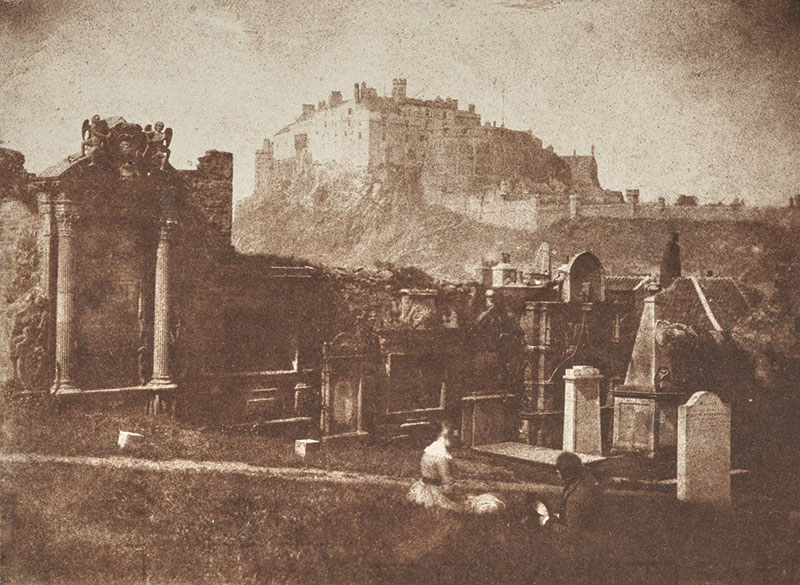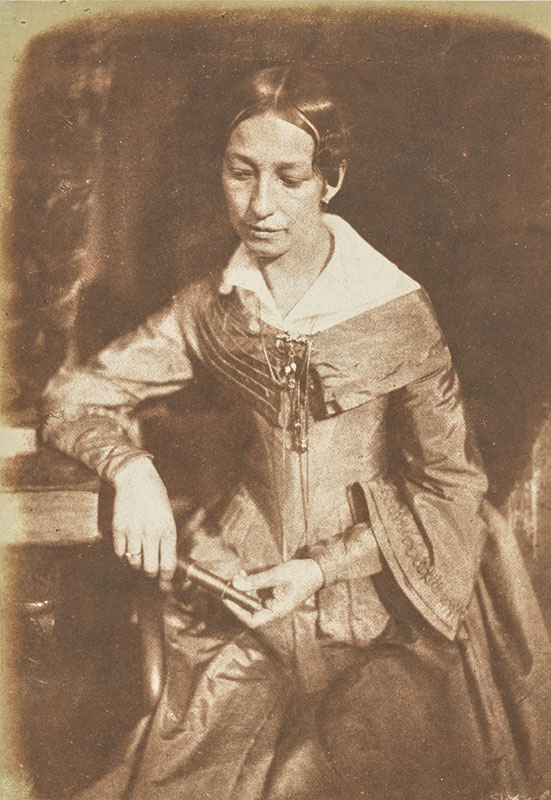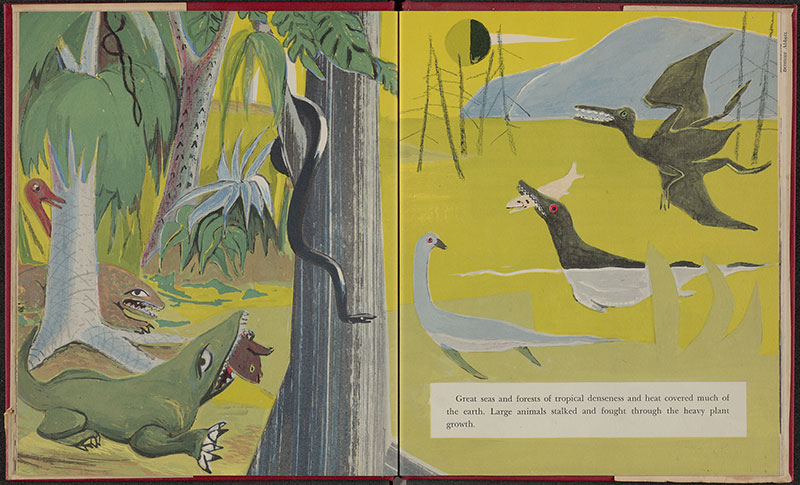by ANDREA KNOWLTON
Photographic albums are complex book structures with unique weaknesses and vulnerabilities. To make the Clarkson Stanfield Album, the photographs were adhered to individual leaves of paper, which were then hinged and nested together into sections that could be sewn together into a traditional book structure. Even with proper support and the most careful handling, numerous points in a binding of this kind can be susceptible to stress, weakening, and breakage as the album is opened and the pages are turned. The joints where the covers meet the spine flex each time the book is opened and closed, stressing the thin goatskin leather covering this area. Over time, threads that bind the sections together can gradually weaken and break. By 2017, the thin leather material of the Clarkson Stanfield Album had split along the front joint, and the sewing had broken in numerous places, causing the album leaves to separate from the binding. Curator Jessica S. McDonald and the Ransom Center’s book conservators examined the album and determined that conservation treatment should be undertaken to restore function to the album structure. [Read more…] about Conservation: The Clarkson Stanfield Album


